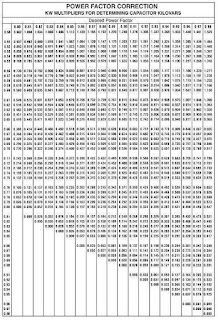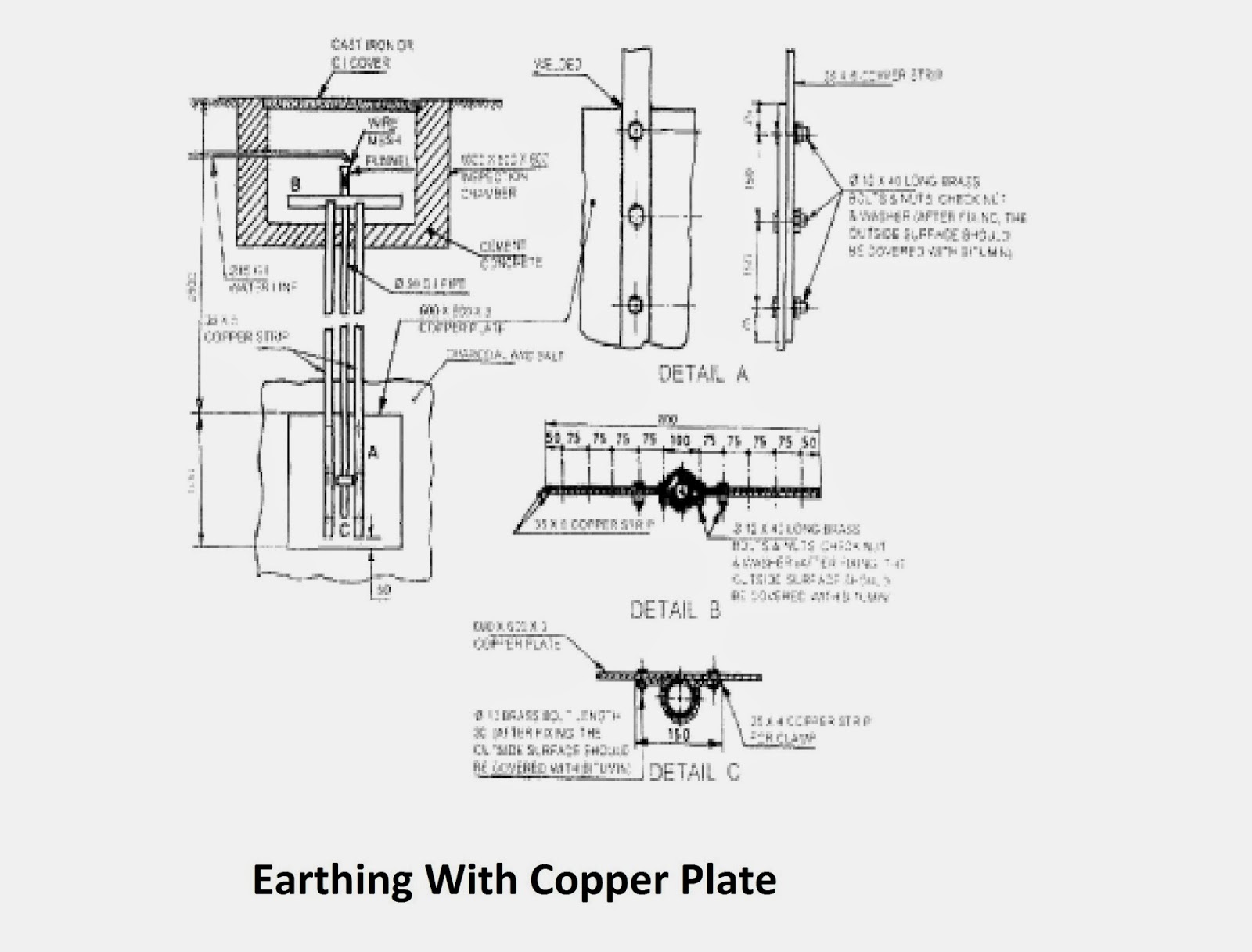Electricity bill Saving by using Capacitor banks; Capacitor size calculations
Capacitor banks are used for compensating reactive load connected at load end. It is usual practice to keep KWH consumption = KVA consumption
KWH consumption= Voltage X Current X power factorX time
KVAH consumption= Voltage X current X time
Now Power factor= KWH/ KVAH
Now if power factor is low then there will be higher KVAH consumption as KWH is constant. So lower power factor leads to higher current as voltage of system is constant. This will leads to higher KVAH than KWH and leads to higher billing in case of lower factor.
Capacitor banks are most widely in industries to save electricity bill as in industries billing is done in KVAh. KVAH can become equal to KWAH when unity P.F. Is achieved as most industrial motors and lighting load having p.f. ranging from 0.7- 0.8 which causes KVAH to be very high in comparison to KWh.
This lower factor is due to reactive component of power in order to compensate this reactive component of power capacitor bank is used in parallel with load. When there is power factor is as low as 0.8 then there will be higher billing of 20% as power factor is lower by 20%. So you can figure out how much capacitor bank will save.
KWH consumption= Voltage X Current X power factorX time
KVAH consumption= Voltage X current X time
Now Power factor= KWH/ KVAH
Now if power factor is low then there will be higher KVAH consumption as KWH is constant. So lower power factor leads to higher current as voltage of system is constant. This will leads to higher KVAH than KWH and leads to higher billing in case of lower factor.
Capacitor banks are most widely in industries to save electricity bill as in industries billing is done in KVAh. KVAH can become equal to KWAH when unity P.F. Is achieved as most industrial motors and lighting load having p.f. ranging from 0.7- 0.8 which causes KVAH to be very high in comparison to KWh.
This lower factor is due to reactive component of power in order to compensate this reactive component of power capacitor bank is used in parallel with load. When there is power factor is as low as 0.8 then there will be higher billing of 20% as power factor is lower by 20%. So you can figure out how much capacitor bank will save.
One Most Important thing here is that Capacitor Banks are useful for only Industrial applications but can't be useful where metering is done in KWH as KWH can't be reduced using capacitor banks.
Power savers for Domestic applications:-
Most of persons fall in the trap that equipment is available in the market known as power saver is used to reduce electricity bill. But that Power saver consists of nothing but capacitor banks which doesn't reduce electricity bill instead increases by some amount as there are power losses in Capacitor Banks. So don't go to buy power saver at all.
Overcompensation factor
Most of persons think that if more capacitor banks are installed then there will be more power saving but technically we can't increase P.F. beyond 1. In order to keep power factor 1 all times even industries overcompensate the system by installing more capacitor bank then requirement. This is will only leads to more current on cable as capacitor bank after compensating reactive power will leads to only excessive current on cable and which leads to heating and losses across cable. Some power co.s even give rebate on electricity bill to industrial consumer it they maintain P.F. above 0.95.
Thus we see that there are both advantages and disadvantages of capacitor banks, but advantages are more than disadvantages.
Below is table for calculations of Capacitor bank requirement depending upon the system power factor.
Most of persons think that if more capacitor banks are installed then there will be more power saving but technically we can't increase P.F. beyond 1. In order to keep power factor 1 all times even industries overcompensate the system by installing more capacitor bank then requirement. This is will only leads to more current on cable as capacitor bank after compensating reactive power will leads to only excessive current on cable and which leads to heating and losses across cable. Some power co.s even give rebate on electricity bill to industrial consumer it they maintain P.F. above 0.95.
Thus we see that there are both advantages and disadvantages of capacitor banks, but advantages are more than disadvantages.
Below is table for calculations of Capacitor bank requirement depending upon the system power factor.
 |
In above if there is 160 KW load connected and having power factor of 0.8 and needed to be increased to 0.98 then Capacitor bank requirement will be= 0.547X160= 87.52 KVAR

Comments
Post a Comment